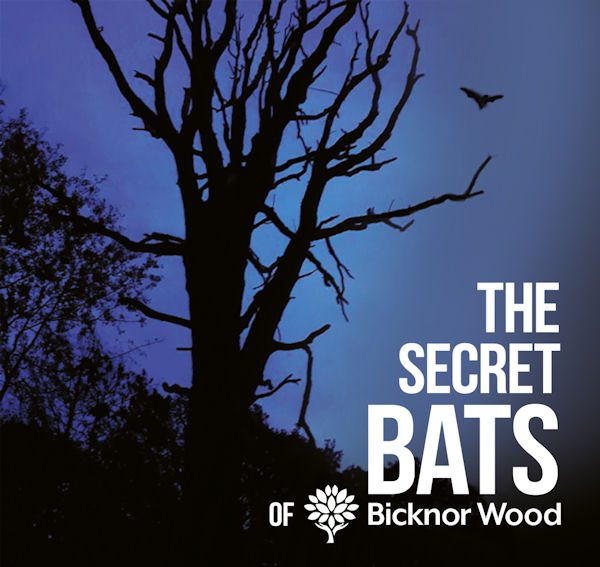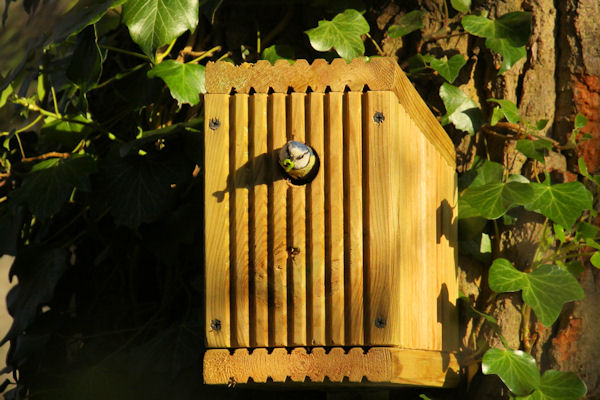The Secret Bats of Bicknor Wood
You can often see bats flying in and around the boundary of these woods at dusk, especially in the summer months, but what else do you know about these amazing creatures? Bats fly around very fast and it’s difficult to get to see them closely, so we’ve teamed up with the Bat Conservation Trust, who have kindly allowed us to use their high quality images.
Sophisticated algorithms identify the most likely species then match and track all of your recordings. By using this method, we know of four species of bats that visit Bicknor Wood to feed and perhaps there are even more!
So let’s now explore some of the features of our bat species.
Brown Long-eared Bat
This medium-sized bat has extremely long ears that are almost as long as its body! It has light grey-brown fur and a pale underside. It has a wingspan of 23-28cms (approx equivalent to the wingspan of a Chaffinch). Their preferred roosts are in old buildings, so it is unlikely that they actually live in the wood, but their regular visits suggest that they probably hang out close by.
Its diet consists of moths, earwigs, flies and beetles. It will eat smaller prey mid-flight, but will go to a perch to eat bigger prey upside-down.
Noctule
The largest bat in the UK, it relies on tree holes for nesting and roosting sites. Its wingspan measures between 35-40cm (approx equivalent to a blackbird's wingspan) and weighs up to 40g, with a golden-brown fur and a darker brown face and wings. Urine stains below holes on some trees in Bicknor Wood support the idea that they may be resident here.
Its diet is made up of insects, particularly moths, winged ants, midges and flying beetles and it hunts at night, although it may emerge before dark during the summer months. It is usually the first bat to be active in the evening.
Common pipistrelle
A small bat, around 3.5-4.5 cms long, with brown fur and black wings and face. Its wingspan is normally around 20cm (slightly smaller than the wingspan of a Robin) and weighs no more than a 20 pence coin! Like the Soprano Pipistrelle which is described below, this tiny mammal can wriggle under a loose hanging tile, into a crack or crevice in tree bark or behind ivy.
It can fly at a speed of seven metres per second and mainly eats flies, lacewings, mayflies, midges and mosquitoes.
Soprano pipistrelleEven smaller in size than the Common pipistrelle, this bat has brown fur, black wings and a black face. It enjoys a diet of small flies, moths, midges and mosquitoes and can eat up to 3,000 insects in a single night! The Common and Soprano Pipistrelles were thought to be the same species until very recently. They are difficult to tell apart close up, but the only reliable way to identify it if you see one flying is to measure its echolocation frequency with a bat meter.
Seeing bats in their natural habitat, swooping around in the darkness, is a fascinating experience. The clearing at Burnt Oak Glade is a good place to watch for them. Bring a chair and a warm top.
For much more information on bats in the UK, please visit the Bat Conservation Trust website www.bats.org.uk










Comments
Post a Comment